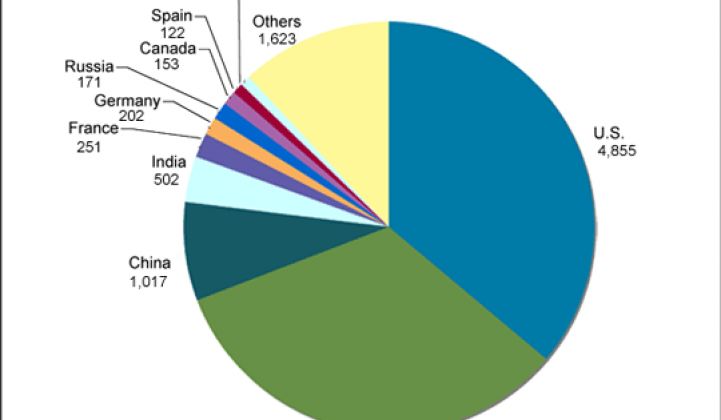In efforts to kick its addiction to foreign oil, the United States has turned to another potent liquid - ethanol. The county is the largest producer of the alcohol-based fuel, churning out 4.86 billion gallons in 2006. Increased ethanol use for transportation has helped boost production by about 1 billion gallons more than in 2005, according to the U.S. Department of Agriculture. But such figures will soon look puny. Plants now under construction are expected to more than double the country's ethanol capacity. The federal agency pegs ethanol production to exceed 10 billion gallons by 2009. And, with the U.S. government openly supporting ethanol growth via presidential speeches and subsidies, companies and investors are placing their bets on the biofuel.
But ethanol growth is limited. If the United States uses only its current feedstock corn, the country will cap out at 12 billion gallons, according to the Department of Energy. To take ethanol production to the next level, entrepreneurs are turning to cellulosic ethanol, a next-generation technology that makes the fuel from nonfood biomass like switchgrass, wood chips and corn cobs. But the technology comes with its own set of challenges. Folks developing cellulosic ethanol still haven't been able to produce it on a mass scale, or at an affordable price. Even if such problems are solved, another major constraint holds back ethanol adoption. While more than 5 million U.S. cars are capable of using E85, a mix of 85 percent ethanol and 15 percent gasoline, fueling stations are hard to come by. In fact, some drivers can cross whole states without finding a single station.



